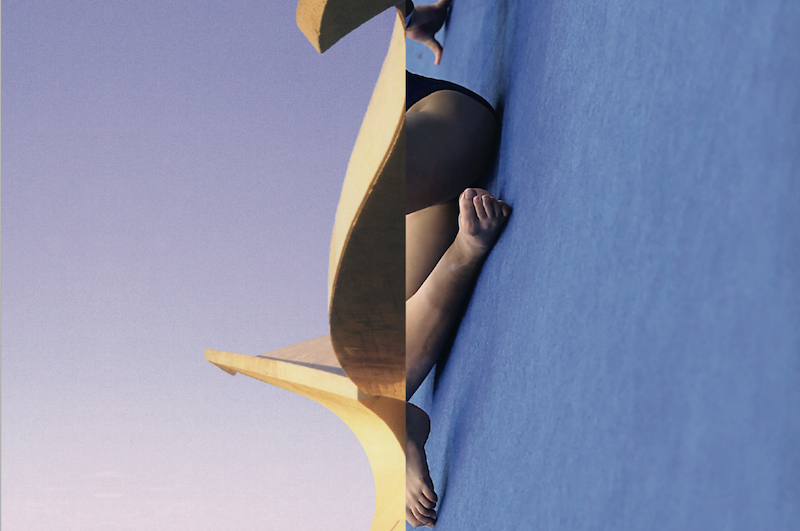Cool Hunter Predictions: Zoë Croggon
In Zoë Croggon’s work there is an unerring sense of the possibility of movement in a static image.
Words: Jane O’Sullivan
Zoë Croggon’s approach to collage is a lot like choreography – there’s an interest in line and form, but it’s not purely about the aesthetics. What she finds more compelling is the way shapes can be used to communicate, or to demand a physical or emotional response.
2014 was a big year for the Melbourne-based artist. Her work was included in the Melbourne Now exhibition at the National Gallery of Victoria as well as the Basil Sellers Art Prize and she also had a solo exhibition with Daine Singer Gallery at the Melbourne Art Fair. In the three years since she left art school – she studied at the Victorian College of Arts, graduating with honours – Croggon has exhibited almost entirely in Melbourne. The art fair was a high profile showing for the young artist, sparking new interest in her practice.
For the collages in this solo exhibition, Croggon paired the lines of modernist architecture with the forms created by gymnasts’ bodies. The gymnasts were new and she worked with a specialist gymnastics photographer to source the imagery, but previous series have incorporated ballet dancers. The fact that Croggon is also a dancer goes some way to explaining her approach to form. Rather than being swept up in the romance of dance, for example, she concentrates on the effort and study that goes into gesture and the communicative potential of these nuanced movements.
Croggon sees architecture as having the ability to communicate too, or at least shape our emotional landscape. She explains her interest in pairing these two kinds of images as partly formal “but there’s also this element of wanting to challenge the solidity of form and to think about that as being a malleable thing and [about] the idea of perception. And beyond that, thinking about the role we play in our own environment and how we see ourselves,” she explains. “I’m quite interested in the idea of psychogeography, how our environment shapes our behavior. That was a strong point for me to start pairing the body with its surroundings.”
Dissociated from their original contexts and spliced together, these images of the body and the built become something new. There is the unerring sense of the possibility of movement in a static image.
Croggon is now preparing for a solo exhibition in mid 2015 at Daine Singer in Melbourne, but is excited to have a quiet few months at the start of the year to pause and reflect on her practice. One idea she is considering is taking more of her own photographs to use as source material.
This article was originally published in Art Collector issue 71, JAN – MAR 2015.
Image: Zoë Croggon, Concrete #4, 2014. C-type print, edition of 3, 80 x 75cm. COURTESY: THE ARTIST AND DAINE SINGER, MELBOURNE









